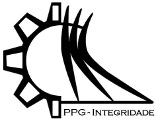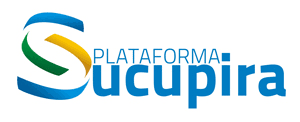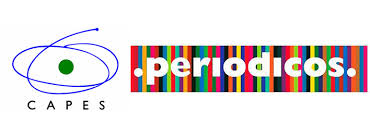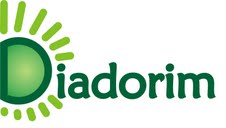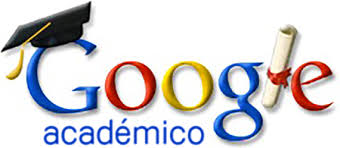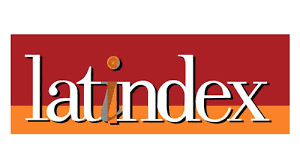ANÁLISE ESTÁTICA DE CHASSI BASEADA EM UM MODELO FORMULA SAE UTILIZANDO ANSYS
DOI:
https://doi.org/10.26512/ripe.v2i26.20827Keywords:
Chassi. Análise de convergência. Elementos Finitos. Otimização.Abstract
O chassi é a principal estrutura de um veículo. Nele estão acoplados todos os subsistemas do automóvel. Desta forma, esta estrutura deve ser projetada para garantir a absorção dos esforços provenientes das cargas permanentes, bem como das cargas acidentais nafinalidade de proteger o usuário que se encontra no interior do automóvel. A estrutura, portanto, deverá ser flexível para garantir a proteção do passageiro e leve para atender as demandas de velocidade e economia, dentre outras. O presente trabalho propõe a análise estática de um chassi modelo fórmula SAE, por meio de duas modelagens que utilizam elementos unidimensionais. Será conduzida uma análise de convergência com o uso do ANSYS. Desta forma serão avaliados o desempenho dos elementos e suas limitações. Buscar-se-á, também um modelo mais econômico, tomando-se como limites de sua viabilidade a tensão máxima admissível.
References
Santos, Hélio J. O., 2013. Projeto de um chassi tubular para um veículo de competição “Single Seater”, Dissertação de mestrado, FEUP.
Soares, F. S., Geritz, L. C., Cervieri, A., Aires, A. F. R., & da Silveira, M. A.,2012.
Desenvolvimento de um chassi automotivo para um veículo elétrico de pequeno porte, Revista de iniciação científica da ULBRA ”“ N°10/2012
Downloads
Published
Issue
Section
License
Given the public access policy of the journal, the use of the published texts is free, with the obligation of recognizing the original authorship and the first publication in this journal. The authors of the published contributions are entirely and exclusively responsible for their contents.
1. The authors authorize the publication of the article in this journal.
2. The authors guarantee that the contribution is original, and take full responsibility for its content in case of impugnation by third parties.
3. The authors guarantee that the contribution is not under evaluation in another journal.
4. The authors keep the copyright and convey to the journal the right of first publication, the work being licensed under a Creative Commons Attribution License-BY.
5. The authors are allowed and stimulated to publicize and distribute their work on-line after the publication in the journal.
6. The authors of the approved works authorize the journal to distribute their content, after publication, for reproduction in content indexes, virtual libraries and similars.
7. The editors reserve the right to make adjustments to the text and to adequate the article to the editorial rules of the journal.


